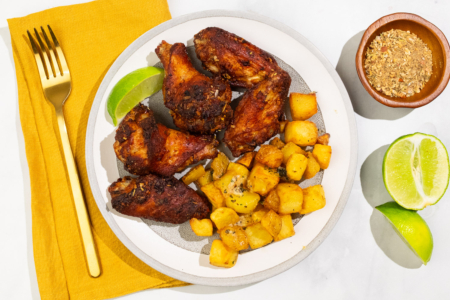Hearty and flavorful kibbeh is more than a classic mezze. It’s the pride of Middle Eastern and Mediterranean home cooks, the ultimate comfort food, and for some, a rite of passage.
The History of Kibbeh
Kibbeh and its many variations can be found throughout the Middle East and the Mediterranean. It’s especially popular in Lebanon and is also considered a national dish in Syria. In these areas, learning how to make delicious kibbeh is seen as a rite of passage. Often, homemakers who want to show off their culinary skills to guests would start with a plate of expertly made kibbeh.
There’s a wide variety of dishes under the kibbeh family; the city of Aleppo alone has 17 types. These variations include classic fried kibbeh, kibbeh nayeh (raw kibbeh), kibbeh labanieh (baked in garlic yogurt sauce), kibbeh arnabieh (simmered in tahini citrus sauce), and kibbeh garaz (stewed in cherry sauce).

What Does Kibbeh Taste Like?
Kibbeh tastes like a meatball, meatloaf, or meat croquette. Though its flavor varies depending on the seasonings used, kibbeh is generally rich and savory from the meat and spices with some nuttiness from the wheat and pine nuts. Its outer shell is crisp and pillowy while the meat stuffing is tender and juicy with bites of crunchy nuts.
How is Kibbeh Made?
Kibbeh is made from a combination of finely ground meat and cracked bulgur wheat stuffed with more ground meat that’s seasoned with onions, toasted nuts, and spices. The stuffed kibbeh is shaped into balls, ovals, or saucers, then fried, boiled, or baked until cooked throughout.
Traditionally, kibbeh was made by pounding the meat with a large wooden pestle and rock mortar known as a jeren. The process could take over an hour as the goal is to pound the meat as fine as possible. Today, kibbeh is often made with a food processor to save time. However, the traditional method is still considered superior in making perfect kibbeh.

Serve your kibbeh with other Middle Eastern and Mediterranean classics like halloumi and fattoush salad. Don’t forget to make a side of vibrant muhammara for a dipping sauce.
Feature Image: Flickr user mortenjohs ( CC BY-NC 2.0)



